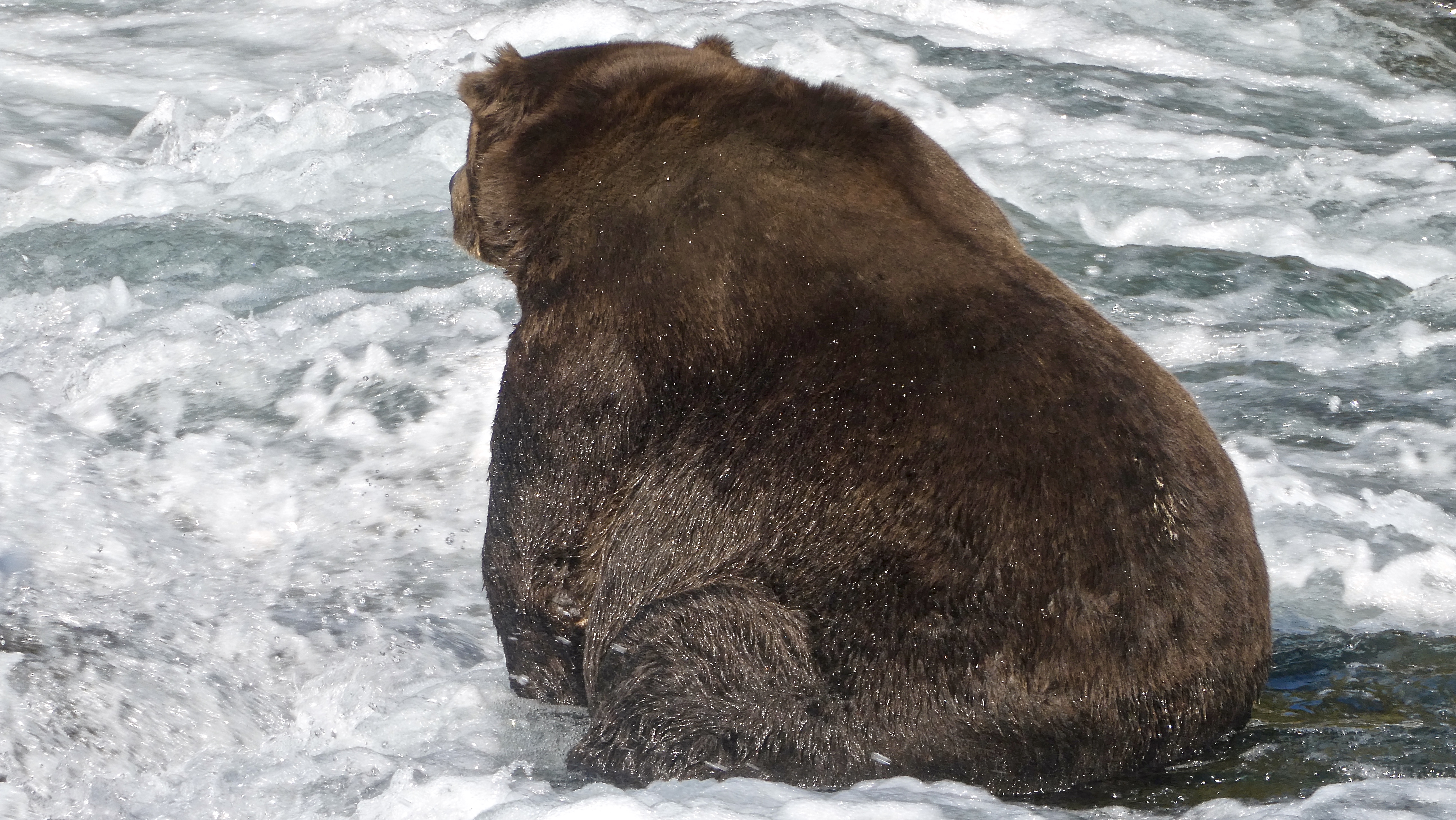

“I got a laser return from the butt of Otis, one of the more famous brown bears up there,” Cusick said. He thought: Why not use the scanner to measure a bear’s surface volume instead? That’s the device traditional civil engineers use, but when Cusick wandered down to Brooks Falls and stood on a viewing platform 300 feet away from the bears, inspiration hit. A terrestrial lidar scanner, which uses lasers to determine distance and other measurements, was on hand to measure buildings. The idea came to Cusick, who works for the National Park Service in Alaska, in 2018, while he was working on mapping and surveying at Katmai. Boak/National Park Service “I got a laser return from the butt of Otis, one of the more famous brown bears up there… I thought, ‘Wow, this just might work.’”

Researchers can often measure them as they’re standing relatively while waiting for salmon to swim upstream. A lidar scanning device only needs from 3 to 11 seconds to pass over the bears.

But there’s hope for achieving greater accuracy: GIS specialist Joel Cusick is pioneering a new technique for calculating the bears’ weight that has broader implications for noninvasive wildlife research.īear 151 in 2019. And starting September 28, thousands of viewers from around the world will tune in for Fat Bear Week to watch the bears gobble fish from the Brooks River, estimate how well they’re packing on the pounds, and then vote for the portliest in a single elimination bracket.īut just how fat are those fat bears? A winner will be crowned October 5, but webcam viewers (almost 650,000 cast votes last year) and actual visitors (15,000 came to Brooks Falls to see the bears in 2019) are just guesstimating. This story was originally published by High Country News and is reproduced here as part of the Climate Desk collaboration.īrown bears are fattening up for winter hibernation in Alaska’s Katmai National Park and Preserve. Fat Bear Week began in 2015 as a National Park Service effort to educate the public.


 0 kommentar(er)
0 kommentar(er)
